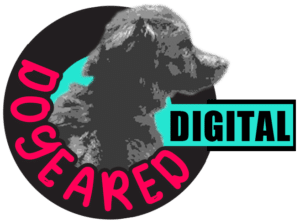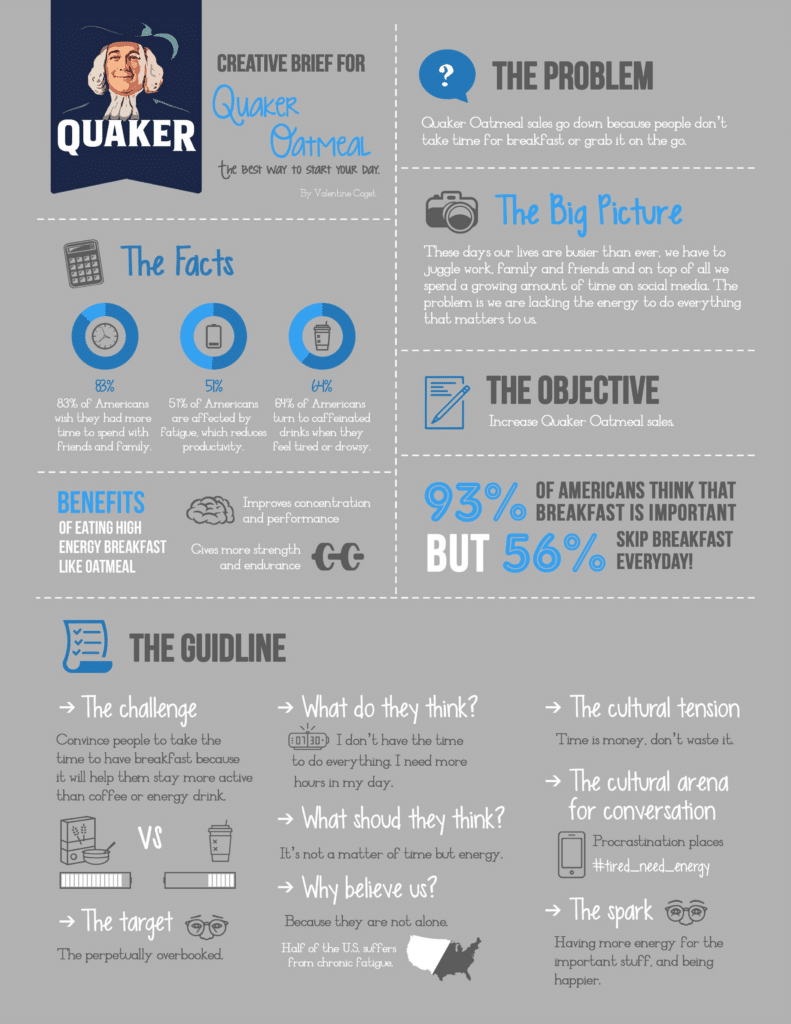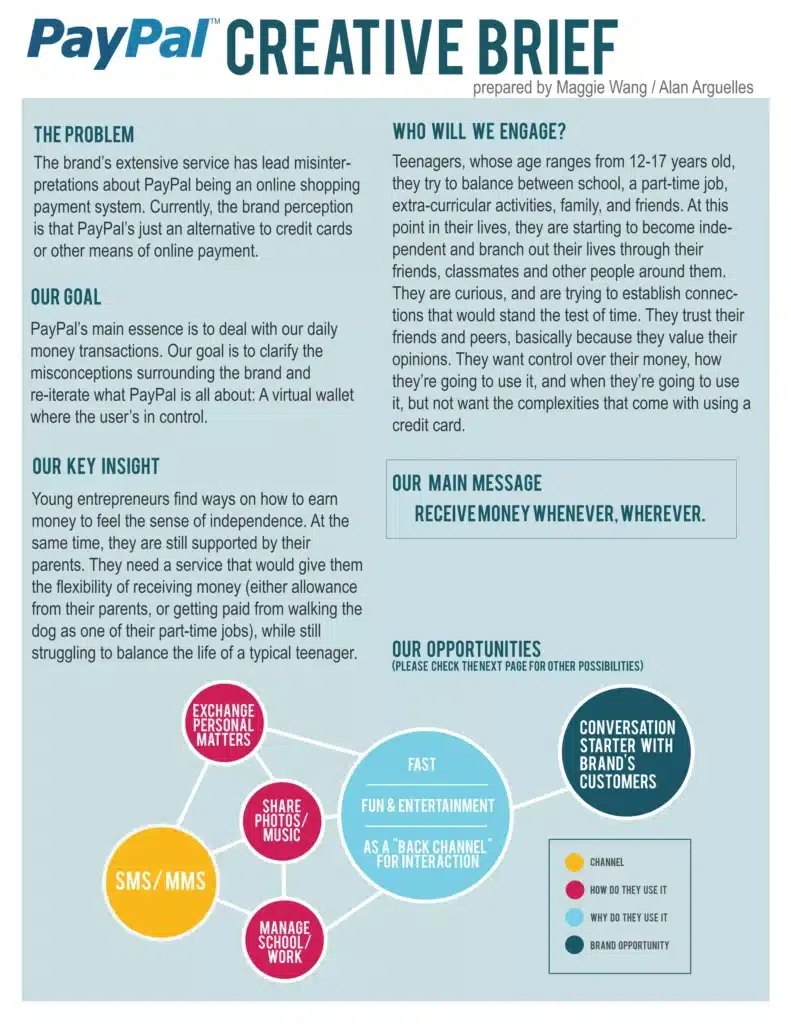You wouldn’t drive blindfolded, right?
While less dangerous, creating content without any strategic direction can feel like driving without your eye sight.
Not only can it be frustrating from the get-go, but directionless content creation can seriously impede effectiveness by straying from intended outcomes and goals – a fate especially likely if you don’t know what those are.
How can you avoid this aimless wandering? The answer is, of course, a content brief.
Content briefs are handy roadmaps offering key background, objectives, specifications, and messaging guidance to align teams developing a campaign. Traditionally supplied to agency teams when kickstarting new projects, briefs establish expectations without hindering creative freedom.
But that doesn’t mean content briefs aren’t helpful on the inside, or even just for strategizing your personal content journey. Whether it be externally, internally, or personally, maintaining ongoing access to centralized briefs helps to maintain tone, branding, and messaging consistency.
What exactly are content briefs?
A content brief is a document that compiles all the critical information, including background, goals, requirements, content formats, channels, and direction, to help align content producers on a brand’s marketing efforts. These briefs provide creators guardrails to evaluate potential ideas against while still allowing creativity to spark. With these briefs in play, creators have the freedom to come up with great ideas that that think outside the box yet still meet key objectives.
When done right, these briefs serve a few crucial purposes:
- Confirm that everyone on the project is chasing the same prize by establishing metrics for success
- Provides need-to-knows creators might not uncover with their own research
- Gives creators set, transparent guidelines into branding and any legal limitations
- Creates a sort of rubric allowing the brand to assess their fulfillment of the brief down the line
- Captures hard-to-verbalize campaign details in an easy-to-reference format
In traditional agencies, clients or brand teams initiate projects by supplying briefs outlining what they need from the campaign. Creators then have creative freedom to develop content concepts that advance the campaign towards these goals, audiences, and preferences.
For in-house teams, briefs are a much-needed asset to ensure consistency across teams and time. They can seriously reduce the amount of time that goes into revisions by establishing the norm for metrics, priorities, and branding early on. When briefs are put together thoughtfully, they seriously improve the quality and performance of your content by ensuring everything you put out there resonates with your audience.
Core components of content briefs
Of course, every campaign’s content brief is unique and beautiful in its own way. Larger, more established brands will likely need to include far more information than a start up willing to grant agencies more creative freedom. Regardless, every impactful brief should be sure to outline these key elements:
Background
The background section gives context and drives the direction of the campaign by giving information on:
- Company context, such as unique selling propositions (USPs), mission statement, history and ethos
- What has and hasn’t worked in past content – this’ll help avoid repeats of unsuccessful campaigns and builds on successful ones
- Updated industry conditions, such as trends, innovations, regulations, and what’s forecasted to be the next big thing
- Most crucial goals for the company as a whole, such as revenue growth or desired market expansion
Having all the relevant content and industry information past, present, and future consolidated in one place ensures that you can effectively drive the campaign in the right direction.
This example from Quaker Oats, created for a campaign encouraging Americans to eat the most important meal of the day, clearly lays out background stats and key facts that give context to creative teams.
Problem statement
The problem statement articulates the heart of the project. What’s the main issue your brand is trying to tackle with this campaign? Just as importantly, what problem is your audience facing that your business can help solve? Your problem statement should zero in on your audience’s biggest pain points, unmet needs, or burning questions. By framing your campaign around addressing both your brand’s and your audience’s challenges, you can create content that not only resonates deeply with your target audience but also moves the needle on your brand’s goals.
Audience specifics
This section should outline exact target demographics and psychographics, focusing primarily on the audiences most likely to convert. Map detailed journeys including pain points, unmet needs, and common or unanswered questions that open doors for content opportunities that will strike the right chord.
This example of a creative brief from PayPal details their target audience concisely yet thoroughly by describing not just basic demographics, but lifestyles and motivators.
Goals and KPIs
Getting aligned on clear quantitative metrics and qualitative engagement scores will help keep everyone on track towards the most important goals. After all, content meant to drive website traffic is going to look totally different from content advertising an upcoming event. Laying out which KPIs to track, such as conversion rates, completion rates, and lead counts, along with aspirational numbers, ensures that agencies know which kind of content to prioritize and helps them adjust their approach along the way.
Messaging preferences
Knowing your audience means nothing if you don’t know what you want to tell them. Specify what takeaways and knowledge gains you want your audience to gain from your content. This guidance on adapting the existing brand voice to new goals steers campaigns to drive the kind of engagement you’re looking for. To help keep things consistent, make sure to define niche terminology and uncommon internal phrases.
Creative direction
When it comes to creative direction, aim to guide rather than restrict. Provide a few visual examples of style samples or past campaign aesthetics that resonated well. Also, mention any mandatory specifications or content formats, such as HD video, high-res photography, or text length to inform asset creation. Finally, supply any format restrictions, publication timelines or budget limitations transparently upfront so teams can still ambitiously ideate while understanding feasible boundaries.
The goal is to inspire creative innovation by providing the freedom to suggest fresh aesthetics within flexible yet defined project parameters. These guidelines, along with the messaging preferences, act as a sort of concise, campaign-specific version of content style guidelines.
Distribution channels and promotion strategies
Briefs should outline which teams are responsible for which channels so that cross-channel campaigns can be seamlessly coordinated, and so that creative teams have an understanding of what happens to their content after it leaves their hands. On top of this, briefs should clearly map out which content formats should be matched with which channels. For example, whereas an infographic may thrive on a brand’s website or social media, a white paper could live on a gated landing page, with LinkedIn ads driving to it.
Campaign timeline
Mapping out your campaign timeline ensures your content pieces work together like a well-oiled machine. Your brief should lay out a clear game plan for when each asset will drop and in what sequence your audience will experience them. By having a bird’s-eye view of the full audience journey and understanding how each piece of content fits into the puzzle, your creative team can craft assets that are perfectly suited for each touchpoint. This strategic sequencing guides your audience through a cohesive story arc that keeps them engaged and nudges them towards the actions or outcomes you’re aiming for.

Content briefs for internal teams (or just for you)
Although traditionally used to guide agencies, creative briefs can still be immensely valuable for internal groups tackling initiatives with lots of moving parts. With many cooks in many kitchens, briefs keep internal groups guided by the same core guidelines and goals as teams focus on different components of the campaign.
Even projects taken on solo can benefit from a clear brief before taking on complex content. Outlining objectives, audiences, supporting points and optimal tones guides your own creative process with enhanced organization and efficiency. Writing a creative brief for yourself minimizes potential struggles from an unfocused approach while setting the tone for a productive and intentional creation session.
Get situated with a content brief
Whether rallying agencies or realigning internal teams, thoughtfully constructed content briefs work organizational magic by consolidating context and standards into an accessible roadmap. They ensure that content creators can be ambitious and creative without straying too far from the established brand or campaign goals.
With endless digital diversions threatening distraction, briefs reorient creators toward content that leaves indelible impressions. By codifying strategic roots from goals to aesthetics, creators have the structure to craft campaigns that grow brands to their fullest potential.



